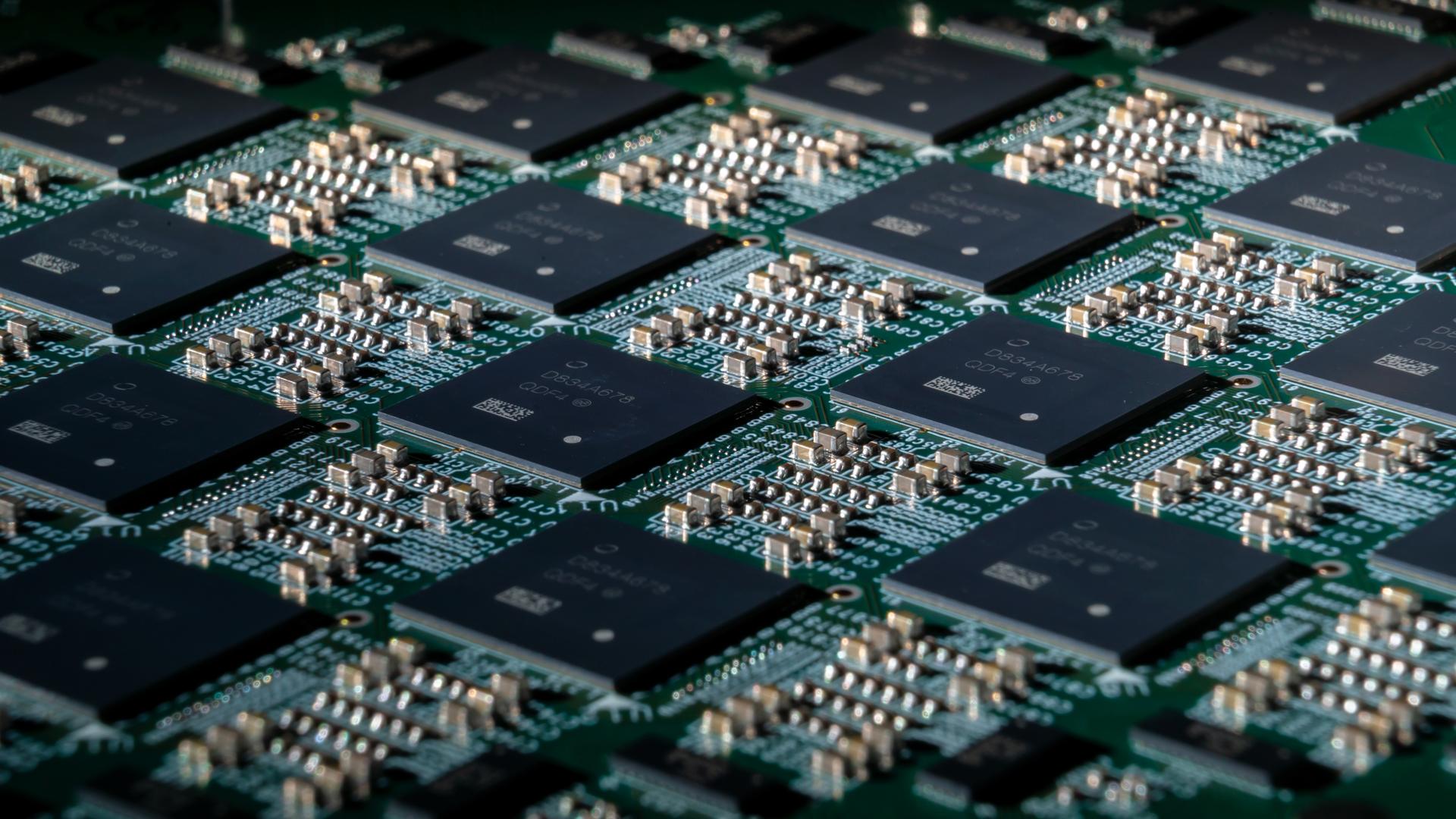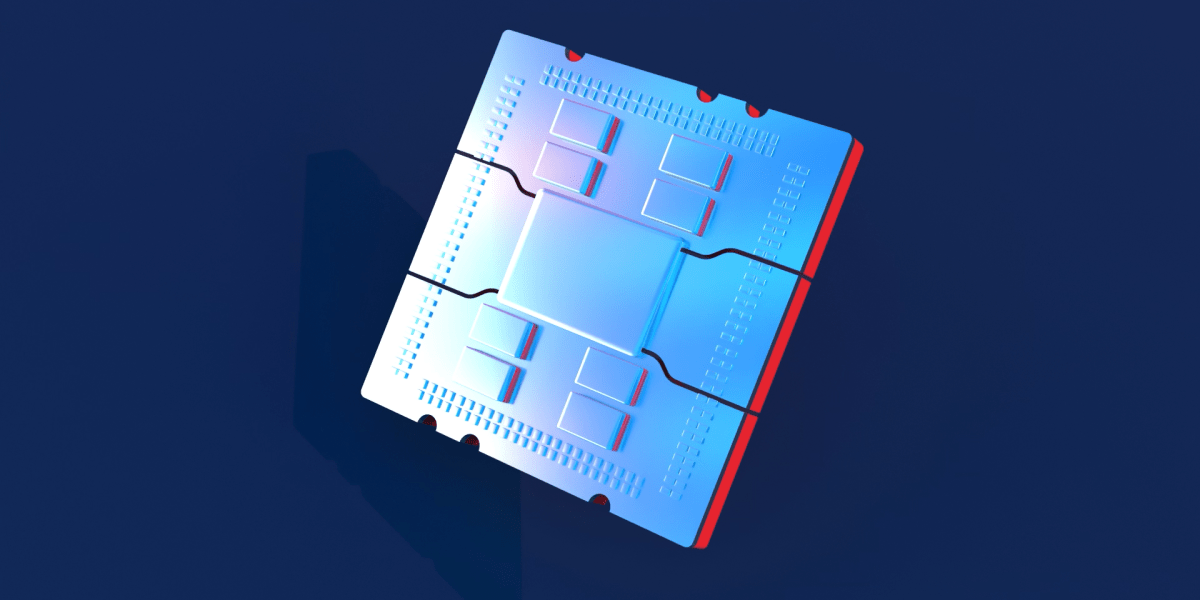Chipmakers are betting that smaller, more specialized chips can extend the life of Moore’s Law.
In response, manufacturers are turning to smaller, more modular “chiplets” that are designed for specific functions (such as storing data or processing signals) and can be linked together to build a system. The smaller a chip, the fewer defects it’s likely to contain, making manufacturing less expensive.

The US government aims to push microelectronics research forward. But maintaining competitiveness in the long term will require embracing uncertainty.
Companies including Advanced Micro Devices and Intel have been marketing systems based on chiplets for years. But whether chiplets can help the industry maintain performance gains at the pace of Moore’s Law will depend on packaging, which entails placing them side by side or stacking them, forming fast, high-bandwidth electrical connections between them, and encasing them in protective plastic.
Manufacturers are still working out the best way to balance cost with performance. The $52.7 billion CHIPS Act, the 2022 US legislation aimed at shoring up the nation’s chip industry, directs $11 billion toward “advanced semiconductor” research and creates a National Advanced Packaging Manufacturing Program to foster collaboration between academia and industry.
So far, chiplet adoption has been hindered by the lack of technical standards for packaging. That’s changing: the industry has embraced an open-source standard called Universal Chiplet Interconnect Express. In theory, standards will make it easy to combine chiplets made by different companies, which could give chipmakers more freedom in fast-moving fields like AI, aerospace, and automaking.

 www.technologyreview.com
www.technologyreview.com
In response, manufacturers are turning to smaller, more modular “chiplets” that are designed for specific functions (such as storing data or processing signals) and can be linked together to build a system. The smaller a chip, the fewer defects it’s likely to contain, making manufacturing less expensive.

The US government aims to push microelectronics research forward. But maintaining competitiveness in the long term will require embracing uncertainty.
Companies including Advanced Micro Devices and Intel have been marketing systems based on chiplets for years. But whether chiplets can help the industry maintain performance gains at the pace of Moore’s Law will depend on packaging, which entails placing them side by side or stacking them, forming fast, high-bandwidth electrical connections between them, and encasing them in protective plastic.
Manufacturers are still working out the best way to balance cost with performance. The $52.7 billion CHIPS Act, the 2022 US legislation aimed at shoring up the nation’s chip industry, directs $11 billion toward “advanced semiconductor” research and creates a National Advanced Packaging Manufacturing Program to foster collaboration between academia and industry.
So far, chiplet adoption has been hindered by the lack of technical standards for packaging. That’s changing: the industry has embraced an open-source standard called Universal Chiplet Interconnect Express. In theory, standards will make it easy to combine chiplets made by different companies, which could give chipmakers more freedom in fast-moving fields like AI, aerospace, and automaking.

Chiplets: 10 Breakthrough Technologies 2024
Chipmakers are betting that smaller, more specialized chips can extend the life of Moore’s Law.
